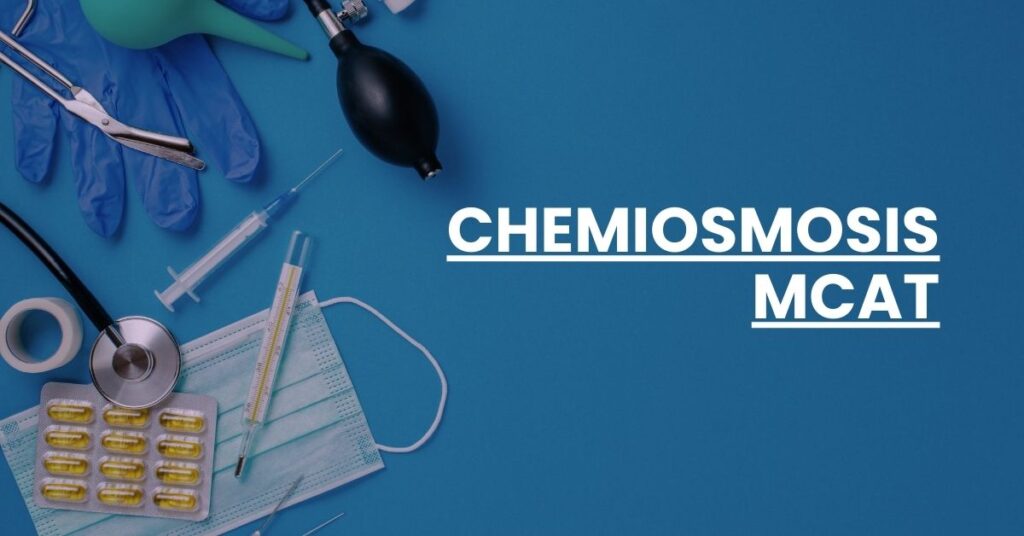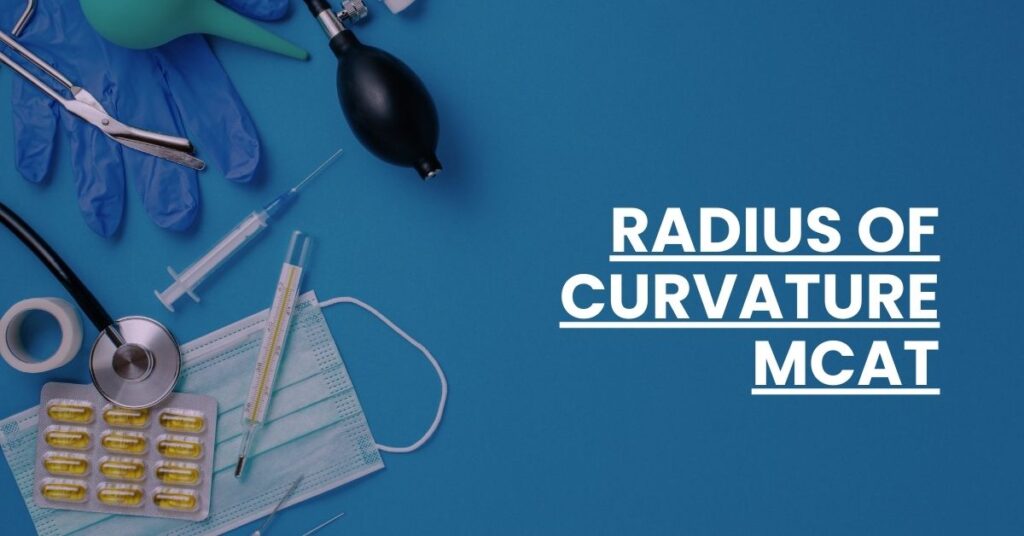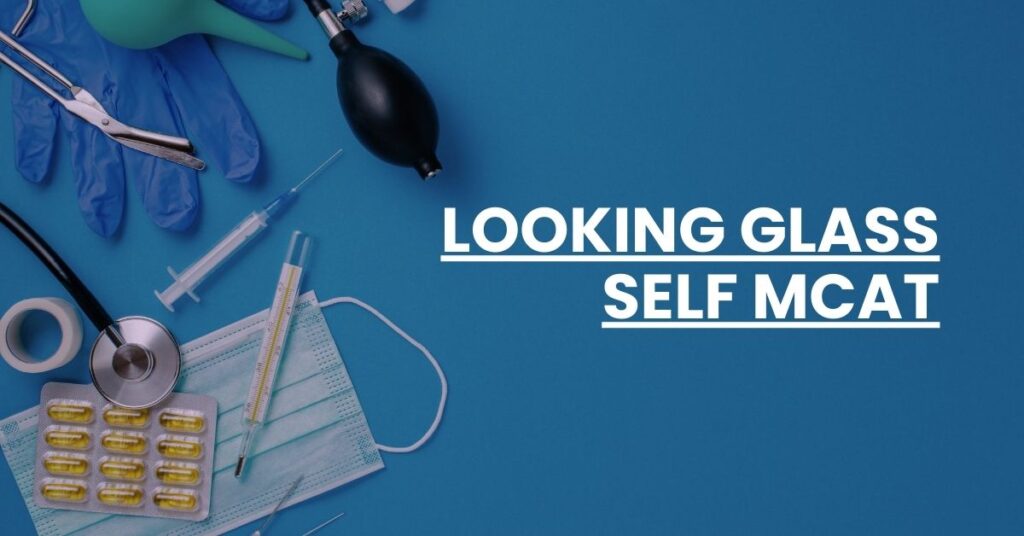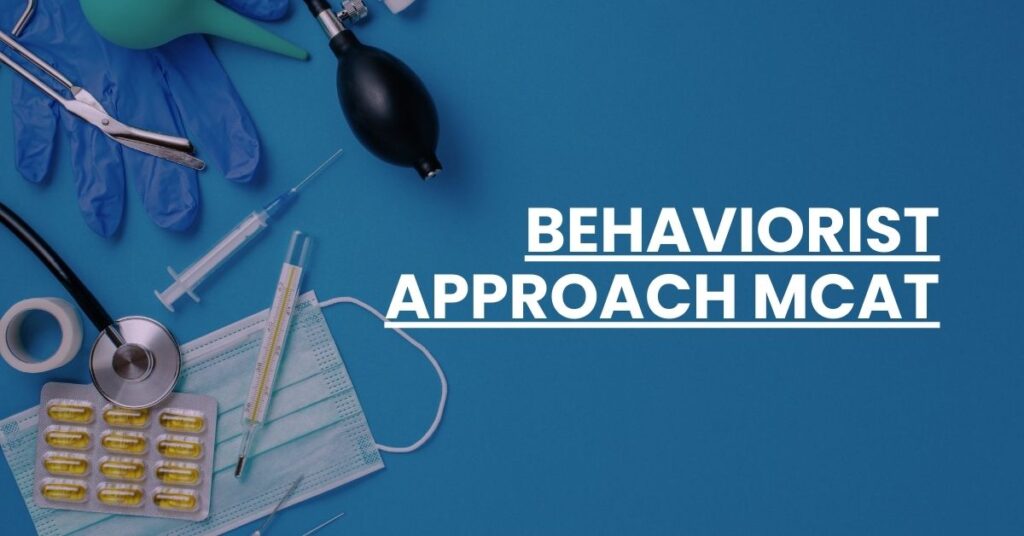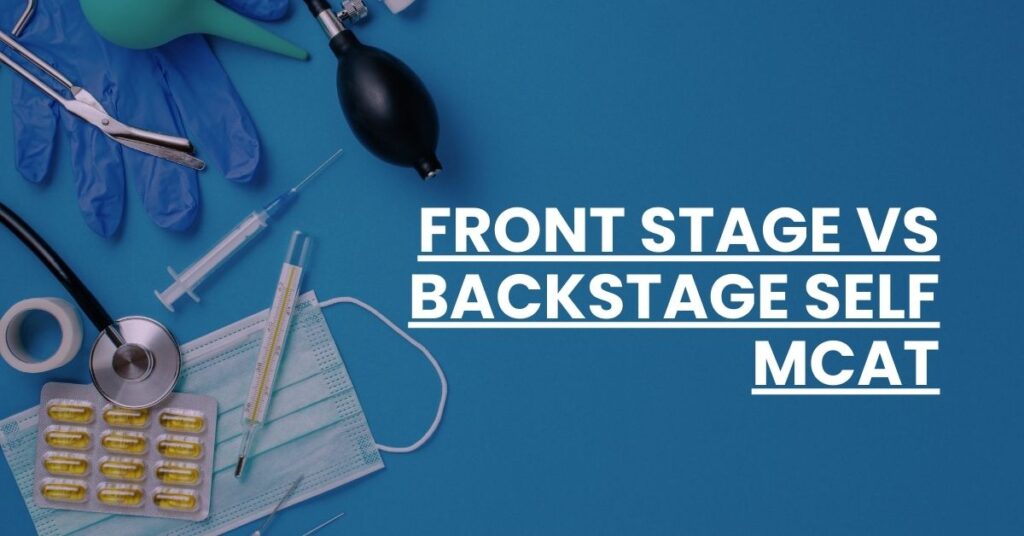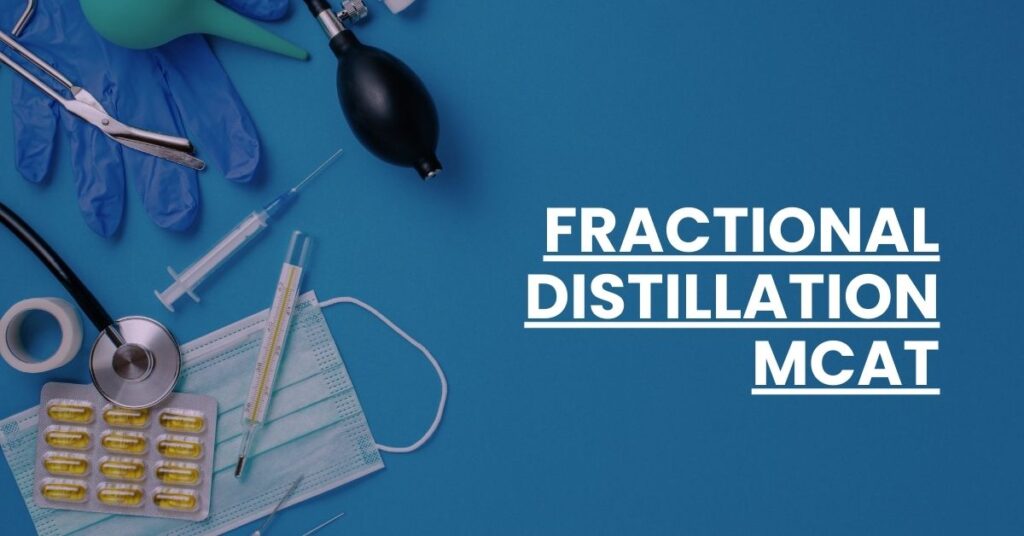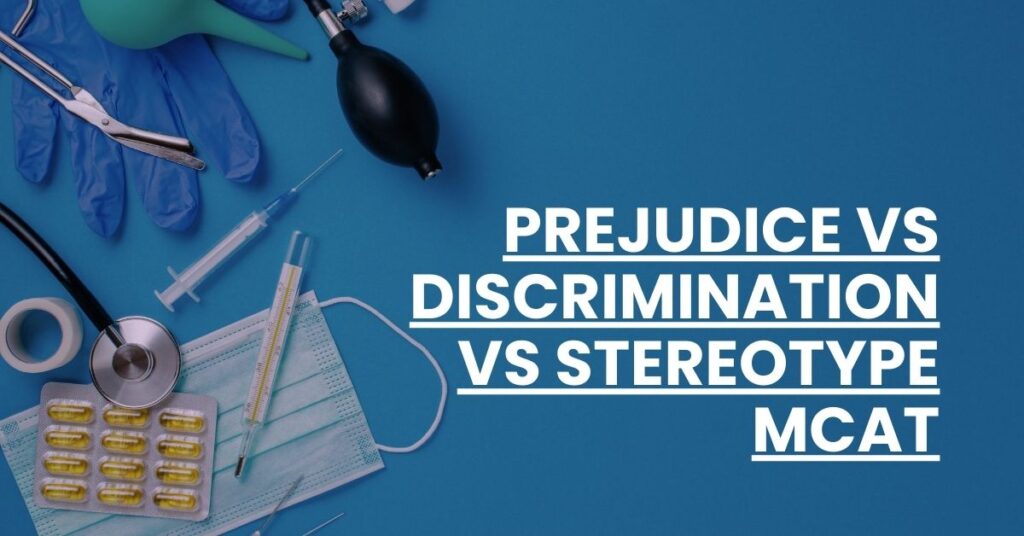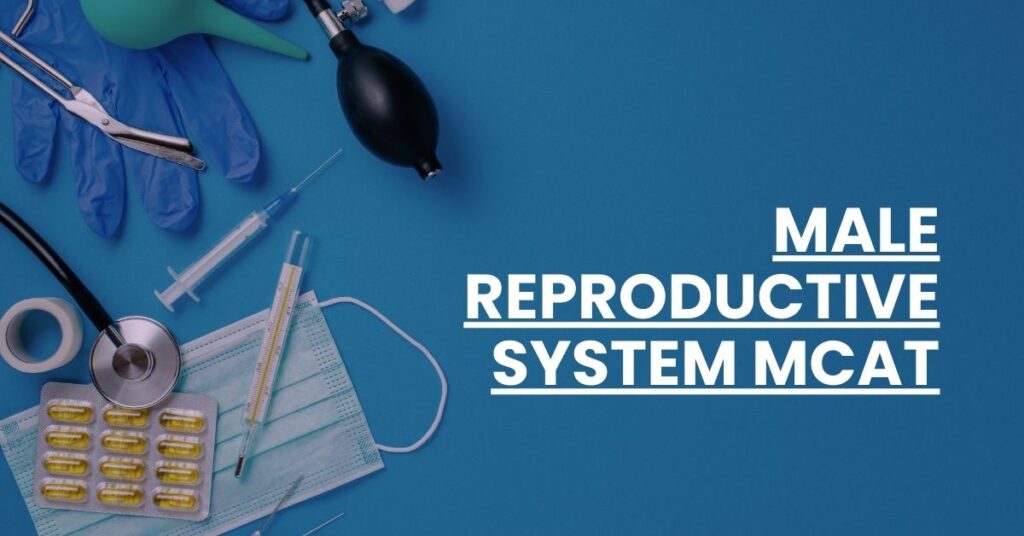Reducing Sugars MCAT
Reducing sugars on the MCAT refer to carbohydrates that can donate electrons due to the presence of a free aldehyde or ketone group. Understanding these biomolecules is essential as they play a pivotal role in biological processes and clinical scenarios, like glucose testing in diabetes. In the forthcoming article, prepare to grasp: Energize your MCAT […]
Reducing Sugars MCAT Read More »

